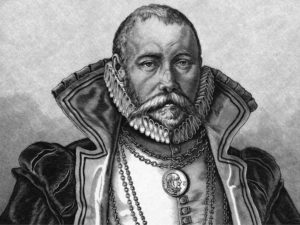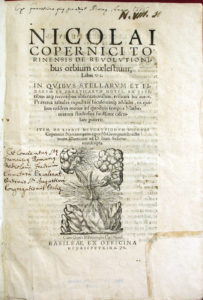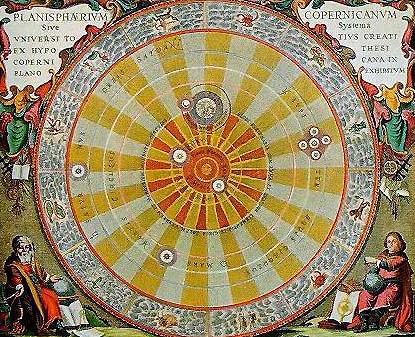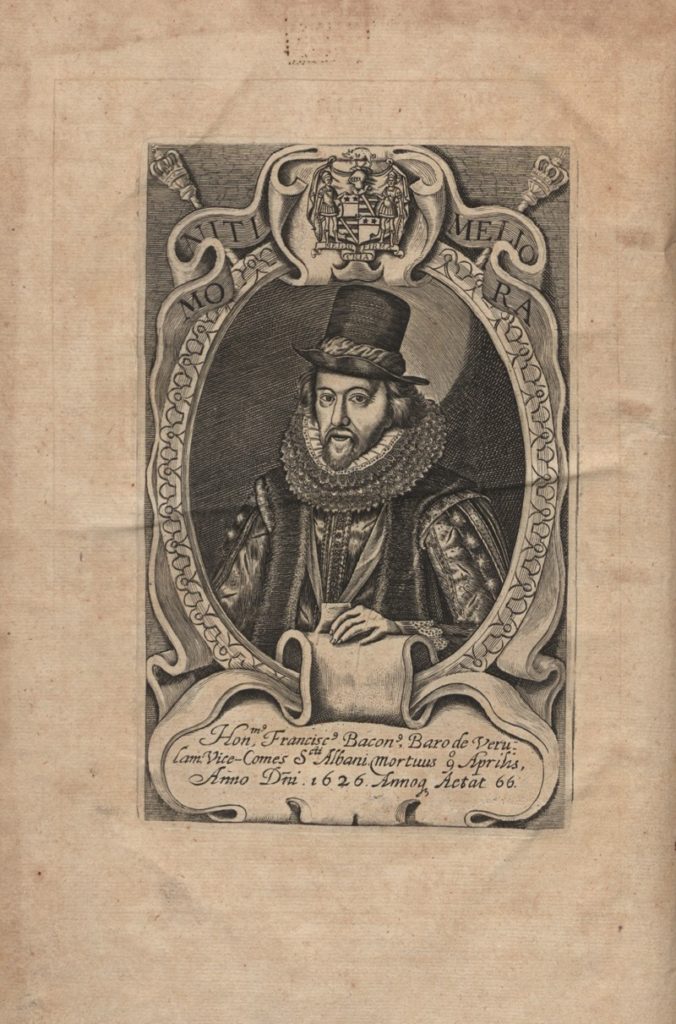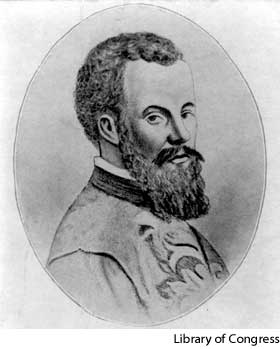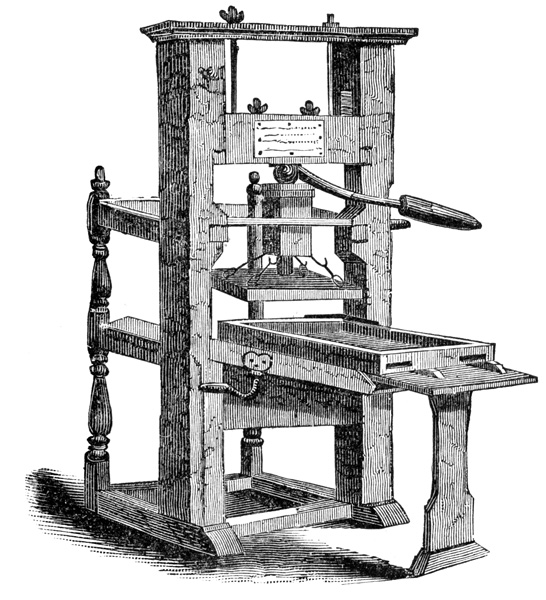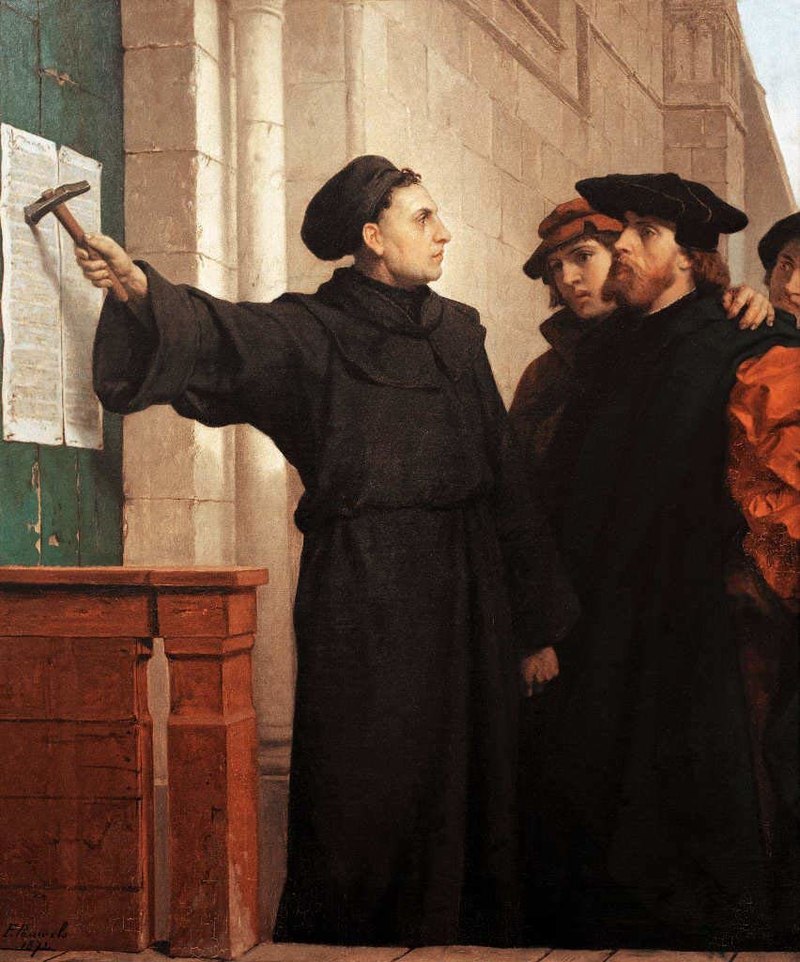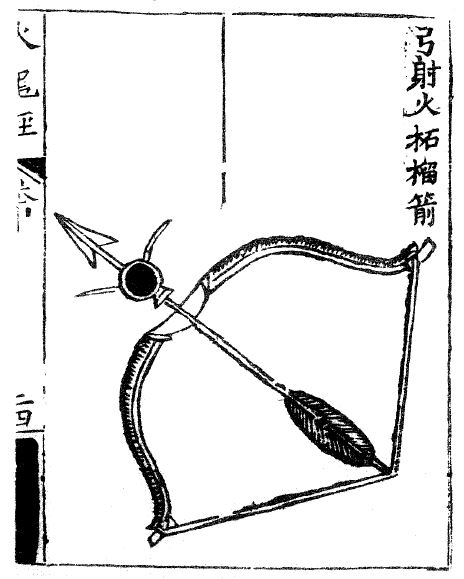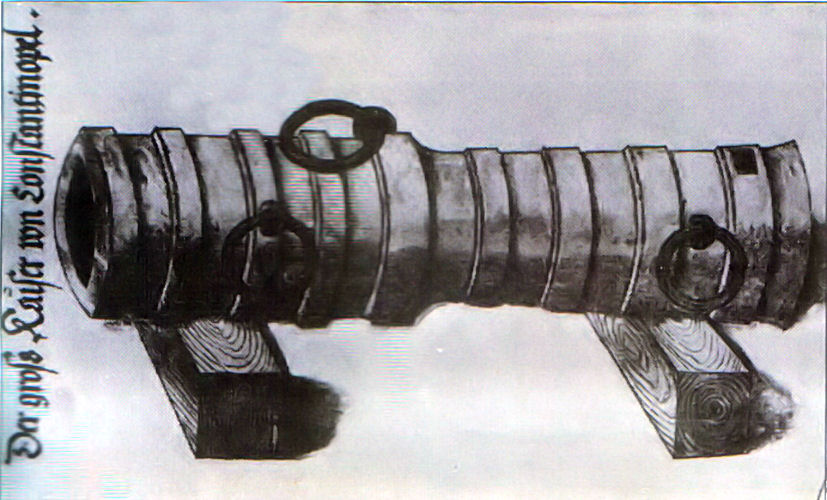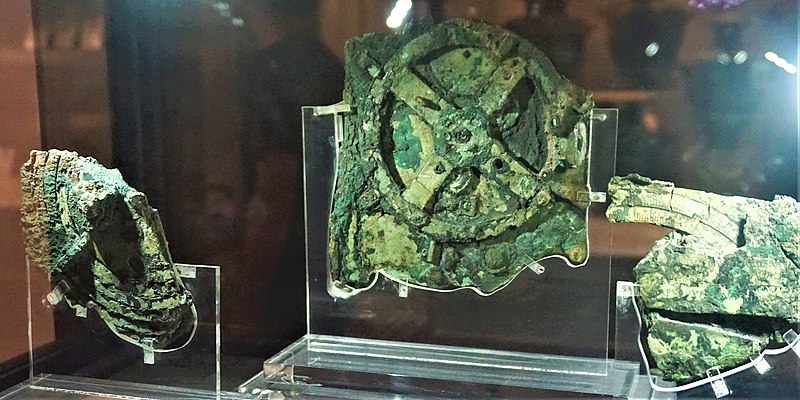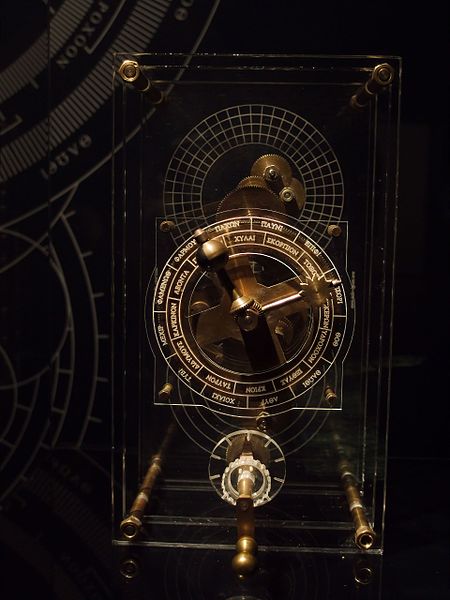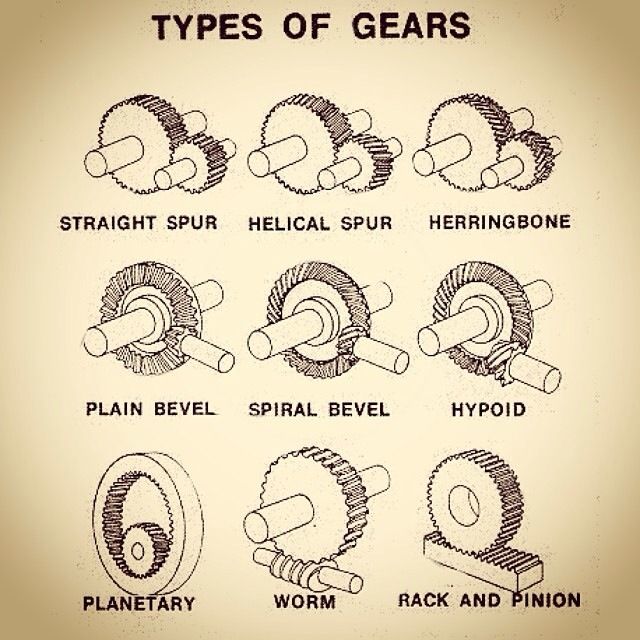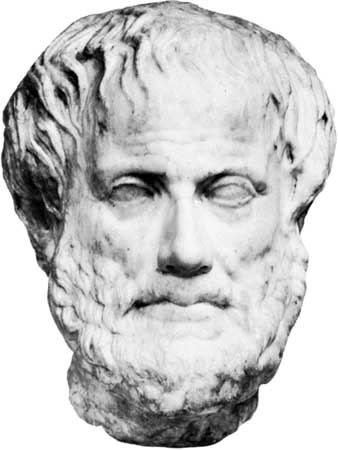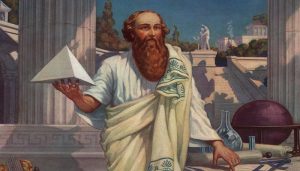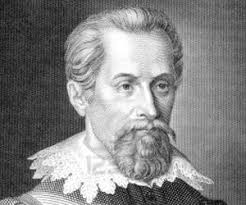
Johannes Kepler (1571 – 1630) was the man who once and for all upended the ancient dogma which held that the planets moved in perfect spheres and, with the assistance of Tycho Brahe’s detailed and precise astronomical observations, proved that the planets orbit in ellipses, with the Sun as one of the foci.
Kepler was born in the Holy Roman Empire (now Germany), was schooled in Latin in various subjects but stood out in mathematics. At the age of 23 he became a lecturer in mathematics and astronomy in a Protestant school. Like many of his contemporaries, Kepler had interests in both astronomy and astrology, both of which were reflected in his works. For the early part of his life and career, Kepler believed that God had arranged the plants orbits into particular geometric schemes. Originally he thought in two dimensions, with three sided (triangle), four sided (square), five sided (pentagon), six sided (hexagon), and seven sided (heptagon) all perfectly inscribed in a circle, each nested inside each other with the outermost figure being the triangle. After observation failed to match the model Kepler then though in three dimensional figures using the platonic solids for the model of the solar system. This model was elegant, perfect, and completely wrong.
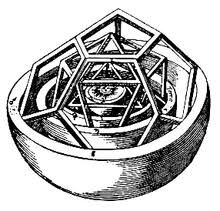
In 1600 Kepler became an assistant to Tycho Brahe but was not able to get his hands on Brahe’s observational data until after Brahe died. When he eventually received access to the data he was able to finally deduce the ellipse as the correct orbit of the planets and formulate the three laws of planetary motion that bear his name. These laws proved crucial to Isaac Newton’s discovery of his laws of gravitation. Kepler also produced lesser know work in optics, discovering in 1604 an inverse square law of light intensity. After Brahe’s death he was the court astronomer for Emperor Rudolf II, where his primary responsibility was making astrological predictions. There was little distinction between astronomy and astrology at the time. In memory of the emperor he named his great star catalogue the Rudolphine Tables, which he began with Brahe in 1600 and completed in 1627.

